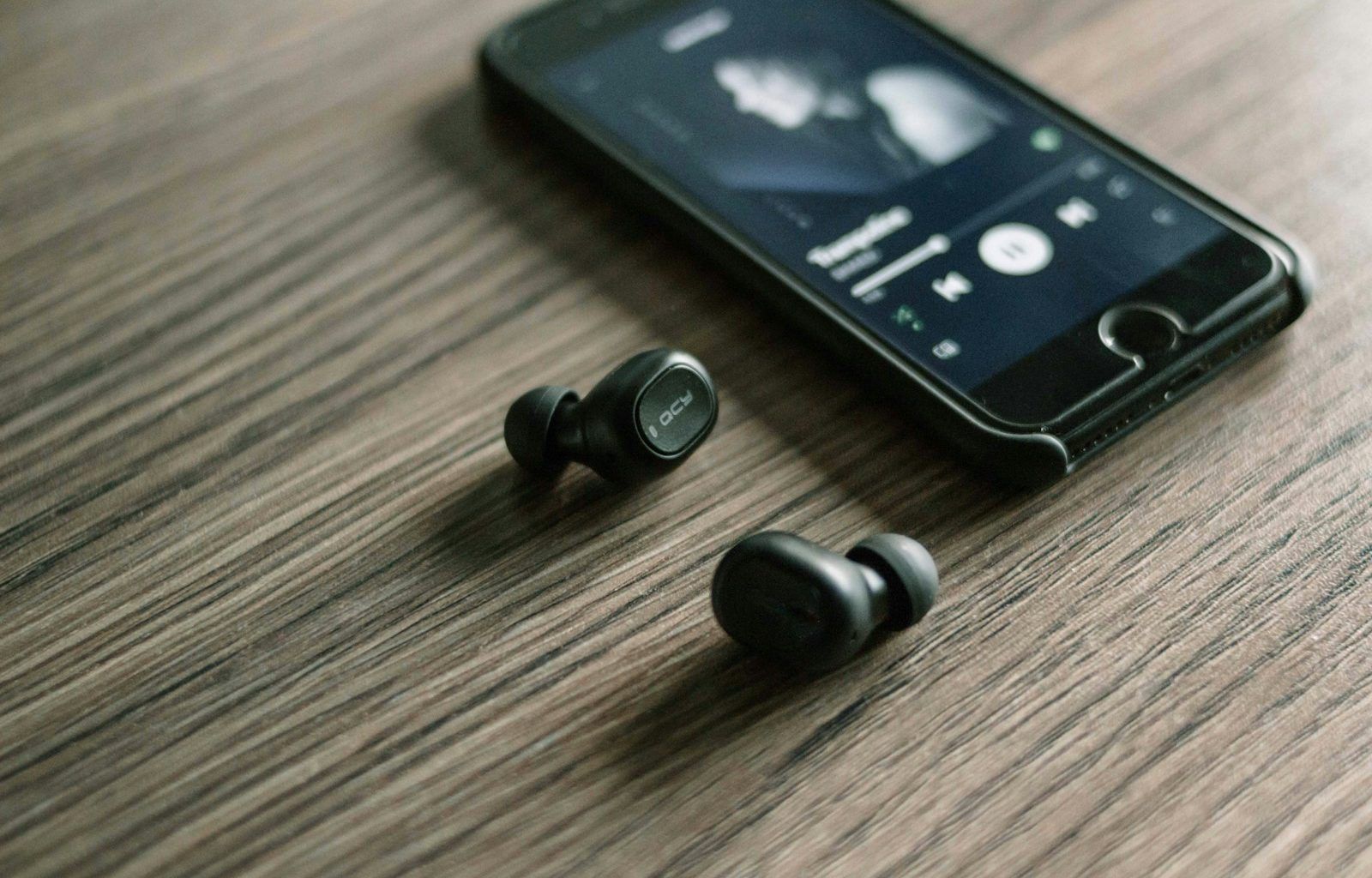Are you an independent artist dreaming of sharing your music with the world? The great news is that you no longer need a record label to upload your music on Spotify. Platforms like Spotify have revolutionized how musicians share their art, allowing creators to reach a global audience on their own terms. In this guide, I’ll show you exactly how to get your music on Spotify without a label, even if you’re new to the process. By the end of this blog, you’ll feel empowered and ready to make your mark in the music industry.
Why Spotify?
Before diving into the steps, let’s talk about why Spotify should be your go-to platform. Spotify boasts over 500 million active users, with millions of playlists created daily. This means your music has a huge chance of being discovered by new listeners. Plus, Spotify offers tools like Spotify for Artists, which gives you insights into your streams, listener demographics, and more. This kind of data can help you grow your career strategically. And yes, you can do all of this without signing up with a label.
What You Need to Get Started
Uploading your music on Spotify without a label is a straightforward process, but you’ll need a few essentials:
- High-Quality Tracks: Make sure your songs are professionally mixed and mastered. Your music’s quality is your calling card, so don’t compromise here.
- Artwork: Spotify requires a square album cover with specific dimensions (3000×3000 pixels). Create something that reflects your brand.
- Digital Distribution Service: Since you can’t upload directly to Spotify as an individual artist, you’ll need a distributor. We’ll cover this in detail below.
- Metadata: Prepare your song titles, artist name, release date, and other details. These will be needed during the upload process.
Step 1: Choose a Distributor
Since Spotify doesn’t allow artists to upload music directly, you’ll need to work with a digital distributor. These services act as middlemen, getting your music onto Spotify and other streaming platforms. The good news is there are plenty of options tailored for independent artists.
Popular distributors include:
- DistroKid: Known for its affordability and ease of use.
- TuneCore: Great for artists who want control over their royalties.
- CD Baby: Ideal if you want to sell physical copies of your music too.
- Amuse: Offers free distribution with premium features for advanced users.
Most of these platforms charge a small fee or take a percentage of your royalties. Choose the one that fits your budget and goals.
Step 2: Create Your Spotify for Artists Account
Once your music is distributed, the next step is setting up your Spotify for Artists profile. This tool is crucial because it allows you to:
- Customize your artist profile.
- Submit songs for playlist consideration.
- Track your streams and audience data.
Here’s how to set it up:
- Go to the Spotify for Artists website.
- Claim your artist profile using your distributor’s link.
- Add a bio, photos, and links to your social media pages.
Step 3: Upload Your Music
Now that your distributor and Spotify for Artists account are ready, it’s time to upload your music. Log in to your distributor’s platform and follow these steps:
- Upload Your Tracks: Add your audio files and ensure they meet the required format (usually WAV or MP3).
- Enter Metadata: Fill in details like song title, artist name, and genre. Double-check for accuracy, as this information will appear on Spotify.
- Select a Release Date: Choose when you want your music to go live. Aim for at least two weeks ahead to allow time for playlist submissions.
- Submit for Review: Your distributor will review your submission and send it to Spotify.
Step 4: Promote Your Music
Getting your music on Spotify is only half the battle. Promotion is key to reaching listeners. Here are some tips to boost your streams:
- Leverage Social Media: Share teasers, behind-the-scenes clips, and links to your Spotify profile on Instagram, TikTok, and Twitter.
- Collaborate with Playlists: Reach out to independent playlist curators in your genre and ask them to feature your tracks.
- Use Spotify Canvas: Add looping visuals to your songs to make them more engaging.
- Run Ads: Platforms like Facebook and Instagram allow you to target ads directly to potential listeners.
Step 5: Engage with Your Audience
Building a loyal fanbase requires ongoing interaction. Use Spotify for Artists to analyze your listener data and tailor your outreach. For example, if most of your listeners are from a specific city, plan a show there or run ads targeting that region. Reply to comments, thank your listeners, and keep sharing updates about your music journey.
Common Challenges and How to Overcome Them
While the process of uploading music to Spotify without a label is simple, you might face some challenges. Here’s how to handle them:
- Low Streams: Don’t get discouraged by low numbers initially. Focus on consistent promotion and improving your craft.
- Playlist Rejections: Not all songs make it to playlists. Keep submitting new tracks and engaging with curators.
- Technical Issues: Ensure your files meet Spotify’s guidelines to avoid delays.
The Benefits of Going Label-Free
Uploading your music on Spotify without a label has its perks:
- Full Control: You’re in charge of your music, branding, and career decisions.
- Higher Royalties: You don’t have to share your earnings with a label.
- Flexibility: Release music on your own schedule, without external pressure.
Final Thoughts
Uploading your music on Spotify without a label is a game-changer for independent artists. By following these steps and staying consistent, you can share your art with the world and build a sustainable career in music. Remember, success doesn’t happen overnight, but with determination and the right tools, you’ll get there. So, what are you waiting for? Start uploading your music today and let your journey begin!
Related Articles:
For further reading, explore these related articles:
For additional resources on music marketing and distribution, visit DMT Records Private Limited.






